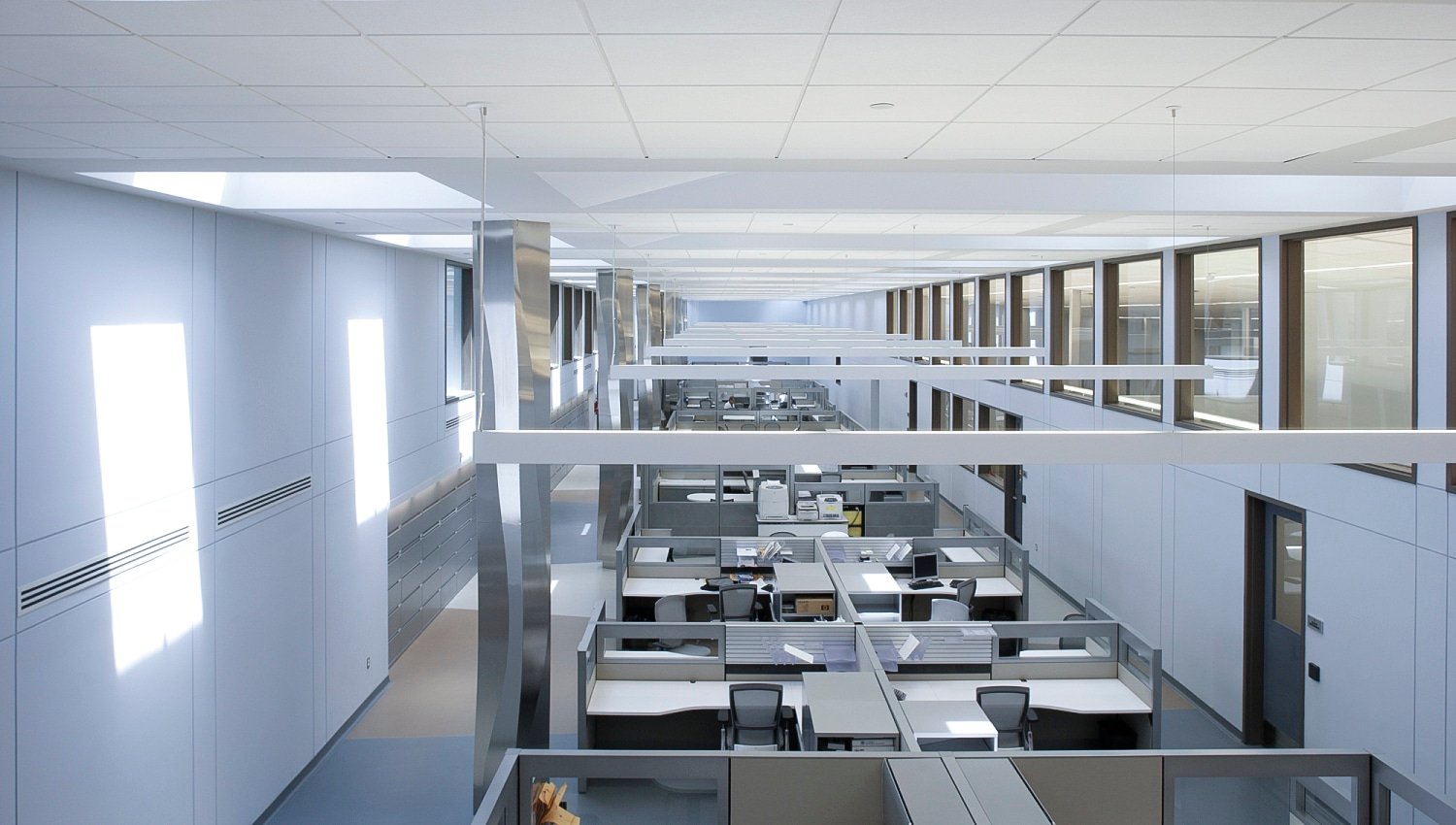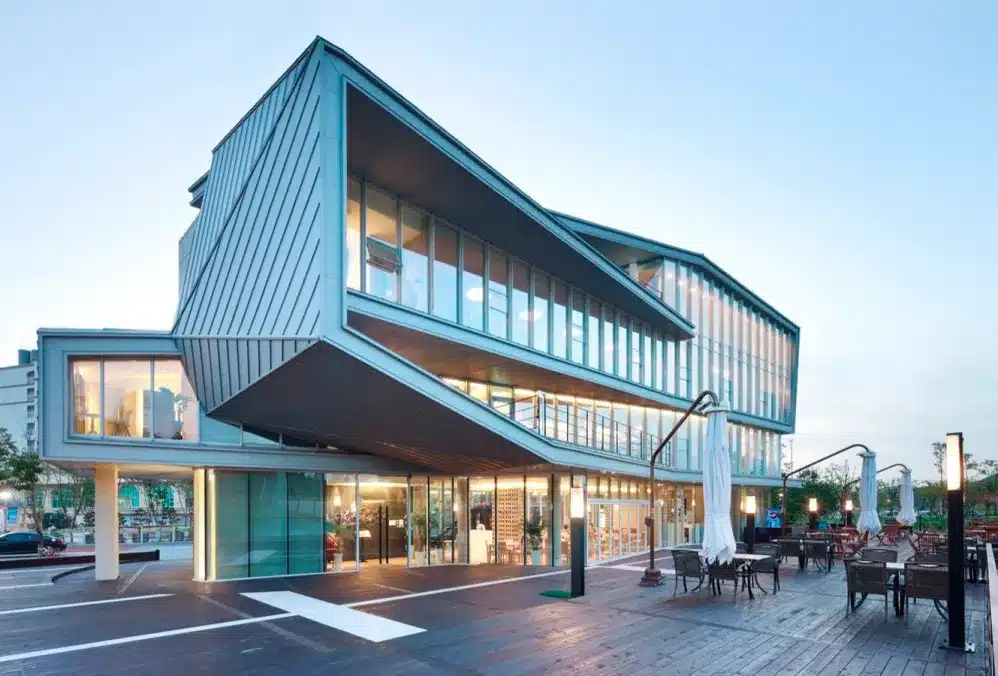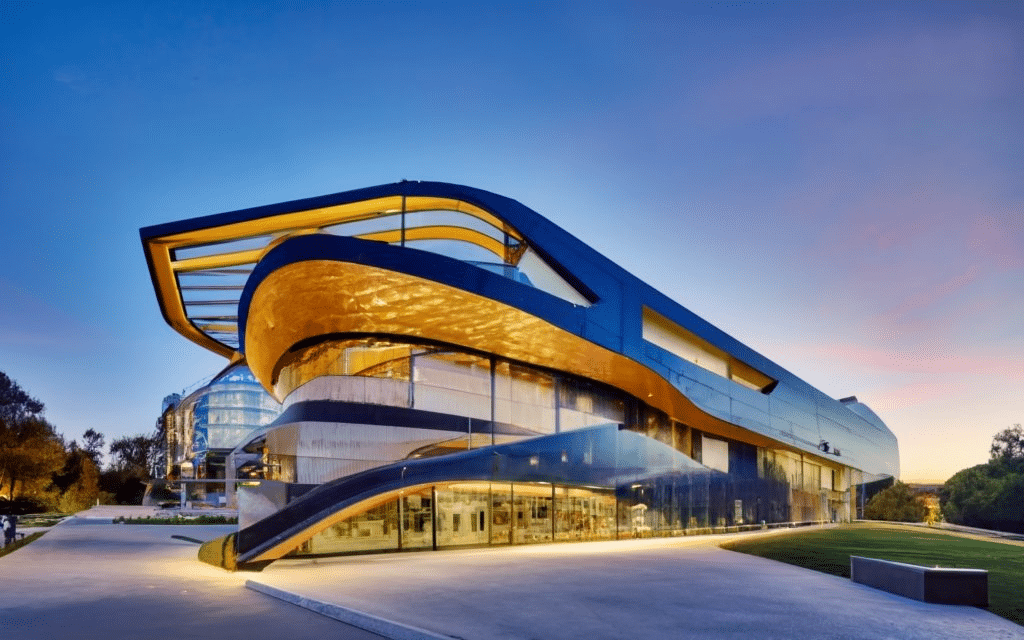The Role and Importance of Commercial Architects

Table of Contents
Commercial architects play a pivotal role in shaping the landscapes of our urban and suburban environments. Their work goes beyond mere design; it encompasses the creation of functional, aesthetically pleasing, and sustainable structures that meet the diverse needs of businesses and communities.
As the demand for innovative and efficient commercial spaces grows, the expertise of commercial architects becomes increasingly vital.
Defining Commercial Architecture

Commercial architecture refers to the design and development of buildings used for commercial purposes. This includes office buildings, retail spaces, hotels, restaurants, and various other establishments where business activities are conducted.
Unlike residential architecture, which focuses on creating comfortable living spaces, commercial architecture prioritizes functionality, efficiency, and the capacity to accommodate large numbers of people and activities.
The Role of a Commercial Architect
Commercial architects are responsible for transforming business needs into practical and visually appealing building designs. Their duties encompass a wide range of activities, from initial client consultations and feasibility studies to the development of detailed plans and overseeing construction.
They must consider numerous factors, including the client’s objectives, budget constraints, regulatory requirements, and environmental sustainability.
One of the primary tasks of a commercial architect is to understand the specific needs of the business. This involves collaborating closely with clients to gather requirements and preferences, which are then translated into a design that not only meets but often exceeds expectations.
For instance, an architect designing a retail space must consider the flow of customer traffic, the display of merchandise, and the creation of an inviting atmosphere that encourages shopping.
Innovation and Technology

Innovation and technology play crucial roles in modern commercial architecture. With advancements in building materials, construction techniques, and digital tools, architects can create more efficient and sustainable structures.
For example, the use of Building Information Modeling (BIM) allows architects to create detailed 3D models of their designs, facilitating better planning and coordination with construction teams.
Sustainability is another critical consideration. Commercial architects are increasingly incorporating green building practices into their designs, such as energy-efficient HVAC systems, solar panels, and environmentally friendly materials. These efforts not only reduce the environmental impact of buildings but also lead to cost savings for businesses in the long run.
Challenges and Considerations
The field of commercial architecture is not without its challenges. One significant challenge is balancing the aesthetic appeal of a building with its functionality and cost. Architects must create designs that are visually striking and align with the client’s brand while ensuring that the building is practical and within budget.
Additionally, they must navigate a complex landscape of building codes, zoning laws, and other regulatory requirements, which can vary significantly by location.
Another challenge is the rapid pace of change in business needs and consumer preferences. Commercial architects must stay abreast of trends in various industries to design spaces that are adaptable and future-proof.
For instance, the rise of remote work has led to a reevaluation of traditional office designs, with a greater emphasis on flexible workspaces and collaboration areas.
Conclusion
Commercial architects are integral to the development of our built environment, creating spaces that support business activities and enhance the quality of urban life. Their work requires a blend of creativity, technical expertise, and strategic thinking to meet the diverse needs of clients and communities.
As businesses continue to evolve and place greater emphasis on sustainability and innovation, the role of commercial architects will remain crucial in shaping a functional and aesthetically pleasing world.






